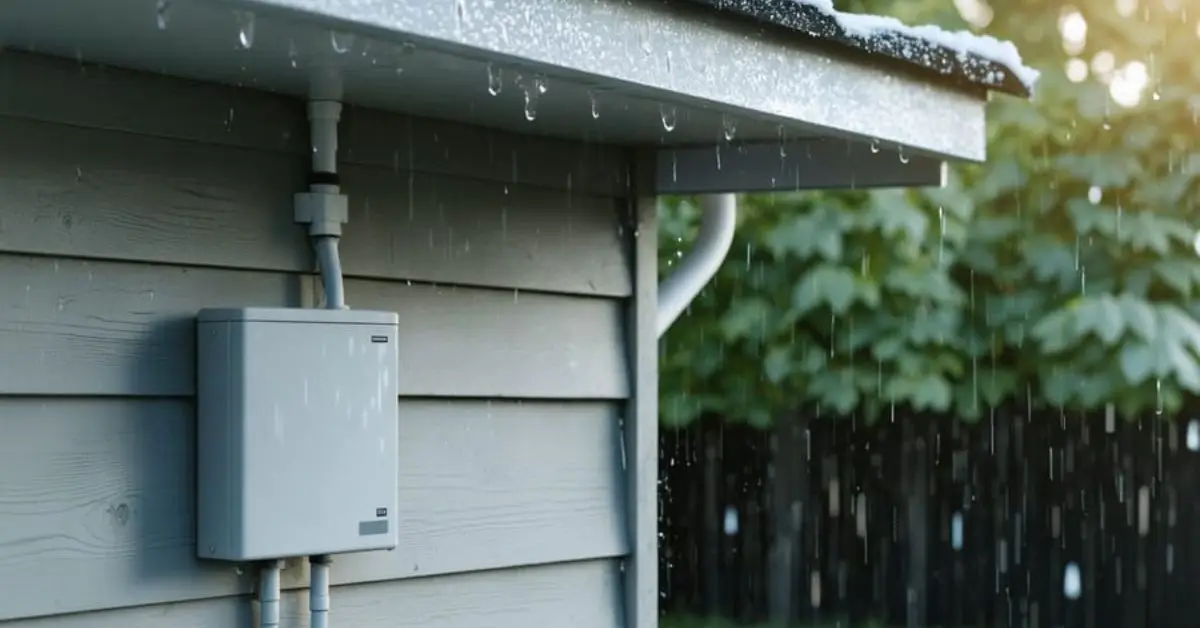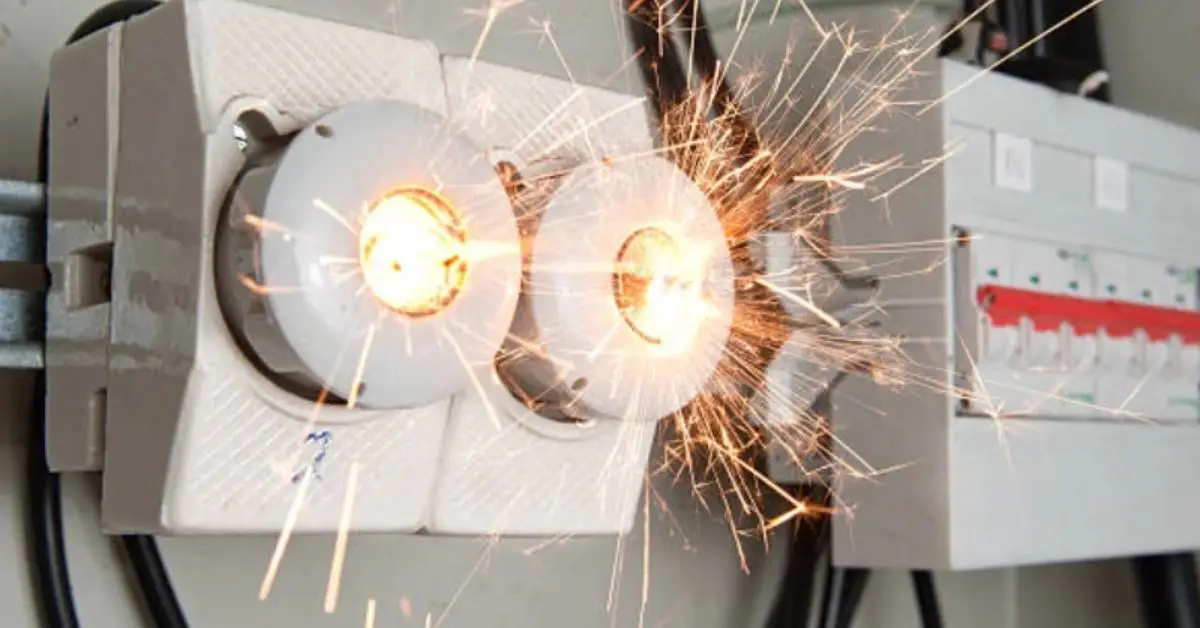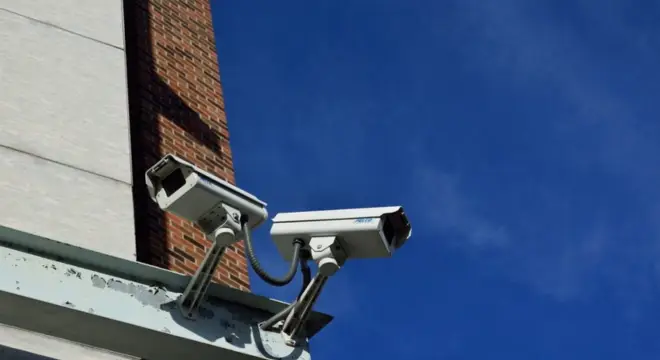5 Big Reasons to Cover Outdoor Electrical Boxes Before Winter Hits — Plus the Risks of Ignoring It
When the cold months start creeping in, most of us think of bundled-up sweaters, snow shovels, maybe clearing driveway ice. I bet few pause to check the small box mounted outside their house — the outdoor electrical box. But that little box? It takes the full brunt of winter weather: freezing rain, snow, sleet, thaw cycles, gusty winds.
If you don’t protect it properly, moisture can sneak in, metal can start corroding, and before you know it — you’re facing tripped breakers, short circuits, or even worse: a shock or fire hazard.
That’s why I believe covering your outdoor electrical boxes before winter isn’t just some optional chore. It’s one of the most important, low-cost steps to safeguard your home’s safety and make sure your winter stays worry-free.
In this article, I’m going to walk you through 5 concrete reasons why you should cover those boxes — and also show what can go wrong if you skip this prep. By the end, you’ll know exactly what to do this season.
The 5 Reasons You MUST Cover Outdoor Electrical Boxes Before Winter

Reason 1 — Moisture Intrusion Causes Internal Damage
If there’s one thing I’ve seen again and again in winter, it’s moisture sneaking into outdoor electrical boxes that were never covered properly. Rain, snow, frost, and even overnight condensation can slip through tiny gaps — especially in older covers or boxes that don’t seal well.
Once moisture gets inside, it starts a chain reaction:
- Metal parts begin to rust
- Terminals loosen
- Wires start to decay
- Power becomes inconsistent, especially after storms
And the tricky part? You usually don’t notice the damage until lights flicker, breakers trip, or something smells “off.”
Reason 2 — Freeze–Thaw Cycles Create Cracks, Rust, and Component Failure
Let me put it simply: if even a little water makes its way into the box and freezes, it expands — and that force can crack plastic housings or warp metal components. When temperatures rise again, everything contracts, and the process repeats.
Here’s what that cycle does over the season:
- Cracks form in the box or cover
- Screws and terminals loosen
- Gaskets lose their flexibility
- Rust spreads faster than it would in summer
It’s slow and mostly invisible until winter ends and you suddenly realize the box is brittle or wobbly.
Reason 3 — Increased Risk of Short Circuits and Shock Hazards
Moisture + cold-stressed wiring is a bad combination. When the inside of a box stays damp, it becomes much easier for electricity to arc or short — especially if the wiring is older.
This is also why GFCI outlets tend to trip more often in winter. They’re doing their job and reacting to tiny amounts of moisture or imbalance in the circuit.
Moisture isn’t the only thing that increases the risk of electrical faults in winter; using the wrong appliances outdoors or on overloaded circuits can also create hazards. If you want a quick list of what to avoid, here’s a guide on dangerous devices you should never plug into a power strip.
A safety note I often point people to comes from the Consumer Product Safety Commission, which recommends using weather-rated covers outdoors to avoid moisture-related shorts.
Here’s what can happen when a box isn’t covered:
- Frequent GFCI trips
- Sparking
- Minor shocks when plugging something in
- Melted insulation inside the box
Reason 4 — Reduced Lifespan and Early Failure of the Electrical Box

Outdoor electrical boxes are built to handle weather, but they’re not built to handle unprotected winter abuse year after year. When moisture, freezing temperatures, and rust attack at the same time, the lifespan drops fast.
Think about the long-term costs:
- Corroded metal parts
- Gaskets wearing out
- Covers that no longer seal
- Internal components that fail long before they should
Replacing an outdoor box — especially if it involves rewiring — is far more expensive than adding a proper winter-rated cover.
Reason 5 — Code Compliance Risks and Potential Insurance Issues
In many regions, outdoor electrical boxes are required to have weather-rated “in-use” or “extra-duty” covers — especially if outlets are exposed to rain or snow.
If the box isn’t properly protected and something goes wrong, two issues pop up:
- You may be out of compliance with local electrical code
- Insurance companies may question claims if the equipment wasn’t properly maintained
And trust me, winter-related electrical claims get extra scrutiny — because most of the time, moisture intrusion could’ve been prevented.
What Happens If You Don’t Cover Them
Consequence 1 — Rusted Screws, Loose Connections, and Deteriorated Housing
When an outdoor electrical box stays exposed through winter, the first signs of trouble show up on the outside. Screws start rusting, gasket edges curl, and the cover becomes loose. Once the housing weakens, moisture enters even faster and the box loses the tight seal it originally had.
You might notice:
- Rust around screws or hinges
- A cover that doesn’t shut firmly
- Flaking or brittle plastic
- A slight rattle when you tap the box
These things seem small, but they’re early warnings that bigger electrical issues are on the way.
Consequence 2 — Water Ingress Leading to Short Circuits or Meltdown After Thawing

When snow or rain seeps into a box and freezes, it sits there until the next warm spell. As it melts, it drips into wiring, terminals, and metal contacts. That’s when short circuits, sparking, or internal meltdown happen.
Here’s the usual sequence I’ve seen many times:
- Snow enters an uncovered box
- It freezes overnight
- It melts during the day
- Water drips into live components
- A short circuit or arc occurs
This is the kind of failure homeowners blame on “old wiring,” when the real culprit was water intrusion.
Consequence 3 — Frequent Breaker Trips, GFCI Failure, and Power Inconsistency
You’ll often see problems long before anything major fails. Breakers start tripping on cold mornings, GFCI outlets refuse to reset, and power becomes unreliable in the winter months.
Common symptoms include:
- GFCI that keeps tripping
- A breaker that pops after every storm
- Outdoor outlets that only work sometimes
- Flickering lights connected to the same circuit
Most homeowners ignore these early signs because everything works again once it dries out — until it doesn’t.
Consequence 4 — Complete Outlet or Box Failure in Mid-Winter
When the damage gets bad enough, the entire outlet or box can fail. Sometimes the cover snaps. Sometimes the wiring corrodes to the point of no return. And the worst part? It usually happens when temperatures are at their lowest.
Repairing or replacing an outdoor electrical box in freezing weather is:
- Slow
- Expensive
- Risky due to ice and cold metal
- Highly inconvenient if power is needed outdoors
And most electricians charge extra during peak cold weeks because demand is higher.
Consequence 5 — Potential Fire or Shock Hazard During Wet or Freezing Weather
When water keeps reaching live wiring, the safety risks go beyond simple system failure. A wet connection can arc, spark, or overheat, especially when the box is full of condensation or ice crystals.
The National Fire Protection Association has long noted that winter increases electrical fire risk due to moisture, damaged equipment, and overloaded circuits. Fire risks tend to spike in the colder months, especially when homeowners rely on high-draw appliances. If you use space heaters during winter, make sure you aren’t unknowingly creating new hazards by avoiding these common space heater mistakes that many homeowners make.
That’s why uncovered boxes matter — they become one of the hidden weak spots in winter electrical safety.
How to Choose the Right Weatherproof Cover (Avoiding Common Failures)

Look for UL-Listed, Weather-Rated Covers Designed for Wet Conditions
If you want real protection, the cover needs to be certified for outdoor, wet, or damp locations. UL listing ensures the cover has been tested for exposure, moisture, and temperature swings. This is especially important in winter, where freezing and thawing push cheap covers to their limits.
Look for labels like:
- UL Listed
- Weather-resistant
- Wet-location rated
- Extra-duty (for outlets used often)
Avoid DIY Plastic Bags, Tarps, and Airtight Wraps
I’ve seen homeowners wrap their boxes with garbage bags, ziplock-style covers, or even duct-taped plastic. It seems protective, but it actually traps moisture inside. Once humidity or condensation forms, the plastic keeps it sealed in — turning the box into a rust chamber.
Problems with makeshift covers:
- No ventilation
- Moisture gets trapped
- Plastic breaks in the cold
- Creates more damage than no cover at all
Select Covers That Fit Properly and Allow Ventilation
A good weatherproof cover shouldn’t be airtight. It should keep water out while letting moisture escape naturally. Proper fit matters just as much as rating.
Here’s what to look for:
- Tight seal around edges
- Enough room for cords if needed
- Materials that hold shape in the cold
- Small vents or design that prevents condensation buildup
A cover that’s too loose or too tight both create long-term issues.
For Holiday Lights or Tools, Use Extra-Duty While-in-Use Covers
If you plan on using the outdoor outlet during winter — for holiday lights, heated cables, or tools — you need an extra-duty “in-use” cover. These allow the outlet to stay protected while something is plugged in, not just when it’s closed.
Benefits include:
- Full weather protection even when plugged in
- Safer operation for holiday lighting
- Reduced tripping risk when moisture tries to enter through the cord opening
These are the covers I recommend most for family homes during the winter season.
Pre-Winter Action Plan: What Homeowners Should Do Right Now

Step 1 — Inspect Existing Boxes and Covers for Cracks, Rust, or Loose Seals
Start with a quick visual check. Look at every outdoor electrical box around your home. If you see rust on screws, a wobbly cover, cracks in the plastic, or a gasket that doesn’t sit flat, those are signs the box isn’t sealed well anymore.
You should also gently press the cover to see if it closes firmly. If it doesn’t, moisture is already finding its way in.
Step 2 — Replace Non-Rated or Worn Covers Immediately
If the cover isn’t labeled for outdoor or wet-location use, replace it now. Winter will expose every weakness, and non-rated covers often warp or loosen once temperatures drop.
A proper winter-rated cover is inexpensive and saves you from bigger repairs down the line.
Step 3 — Clean Around the Box: Remove Leaves, Dust, and Moisture Traps
Even the right cover won’t help if debris is packed around the box. Leaves, dust, and cobwebs hold moisture and push it back into the box during rain or thaw cycles. Winter prep isn’t just about safety; it also affects how much energy your home uses during the cold months. If you want to trim unnecessary power waste before the season ramps up, here’s a helpful list of things you should unplug right now to cut your monthly bills.
A simple pre-winter cleanup keeps the area dry and reduces the risk of water pooling around the seal.
Step 4 — Ensure Outlets Are GFCI and Weather-Resistant Rated
Outdoor outlets should always be GFCI and weather-resistant. GFCI helps protect against shocks, and weather-resistant outlets are built to handle temperature changes and moisture exposure.
If your outlets are older or standard indoor models, upgrading them now is a smart move. For basic reference on GFCI safety, the Electrical Safety Foundation International has a clear homeowner guide.
Step 5 — Test After the First Rain or Freeze for Moisture Signs
Once you’ve installed the cover and cleaned the area, do one follow-up check after winter’s first rain or freeze. Open the cover and look for condensation droplets, rust starting to form, or signs of dampness.
If you spot moisture early, you can fix the issue before it turns into a short circuit or complete box failure.
When Homeowners Should Call a Professional
Signs You Should Not Ignore: Sparks, Repeated Trips, Visible Moisture Inside, or Burn Smell
If you see sparks when plugging something in, smell burning, or notice the breaker tripping again and again, stop using that outlet immediately. These are signs of internal failure, and winter conditions can make them more dangerous.
Visible moisture inside the box is also a red flag — that means the seal is already compromised.
If Installation Looks Old, Non-Compliant, or Weather-Unrated
If your outdoor setup looks decades old, has mismatched parts, or doesn’t have weather-rated components, it’s better to have a licensed electrician take a look. Old boxes are more vulnerable to winter damage and rarely meet current safety standards.
A professional can tell you whether the box needs a new cover, rewiring, or a full replacement.
Any Time Wiring Modification or Replacement Is Needed
If the issue goes beyond the cover — like corroded wires, melted insulation, or broken terminals — it’s not a DIY job. Winter conditions make electrical repair riskier, and improper fixes can lead to bigger failures.
Calling a professional ensures everything meets code and stays safe through the cold months.
Final Homeowner Safety Note
If there’s one thing I want you to take away from all of this, it’s that winter protection isn’t complicated. A proper weatherproof cover costs far less than repairing a damaged box, replacing wiring, or dealing with a winter outage. You don’t need special tools or deep electrical knowledge — just a few minutes of care before the cold sets in.
A small step now saves you from the stress, expense, and real safety risks that come with winter moisture and freezing temperatures.
If something looks off, if you’re unsure about the condition of your outdoor box, or if winter has already caused visible damage, don’t ignore it. Electrical issues rarely fix themselves — they only get worse with time and weather.
And if you ever feel stuck, need a guide, or want more practical home-care tips, you’re always welcome to check out Build Like New. I share insights there to help homeowners stay ahead of problems before they turn into costly repairs.
What’s the one outdoor electrical issue you’ve been meaning to fix before winter? Drop a comment — I’d love to hear what you’re dealing with and help you sort it out.
Disclaimer: This content is for general home safety guidance only. Electrical work can be hazardous, and any repair, wiring modification, or installation should be handled by a licensed professional. Always follow local codes and safety regulations before making changes to outdoor electrical equipment.


